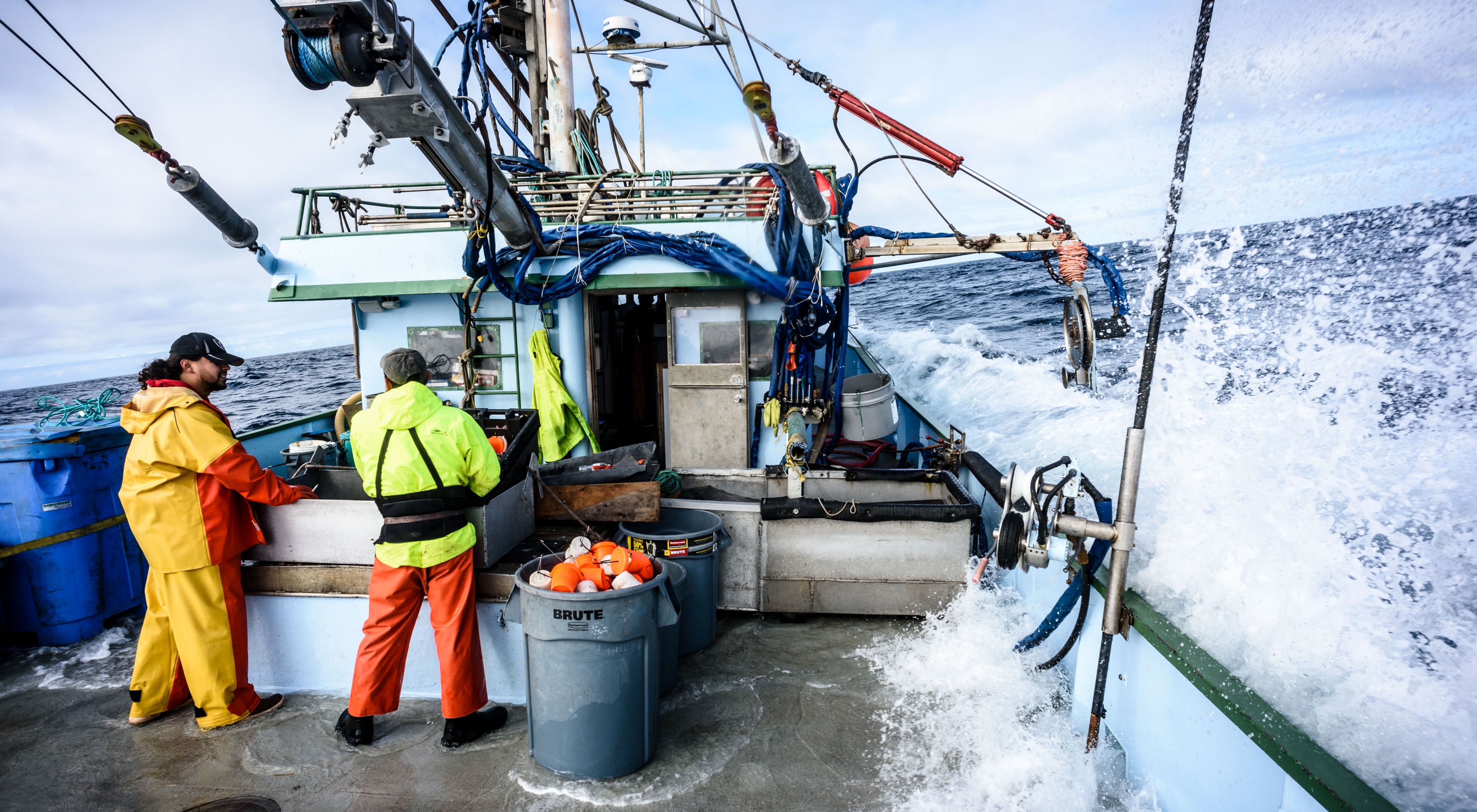The Nature Conservancy and University of Washington Publish First Nationwide Assessment of State-Managed Fisheries
Media Contacts
-
Armin Mahramzadeh
Media Contact
The Nature Conservancy
Email: a.mahramzadeh@tnc.org
Study addresses significant blind spot in scientific records of non-federal fisheries in the United States and signals need for stronger investments in science and management, recommending actions for states to support healthier fisheries.
Scientists from The Nature Conservancy and the University of Washington (UW) have published the first-of-its-kind nationwide study on non-federally managed fisheries in the United States. The analysis evaluates a sample of 311 of 1,992 total fisheries that are managed by state and territorial fisheries authorities or are unmanaged—and finds that over 80% of the fisheries have unknown stock status and over 60% are not actively managed by state or other agencies. Of the 20% of fisheries that do have reliable estimates, less than half of those are considered to have at least partially acceptable stock status. In the majority of surveys, experts cite data limitations and resource constraints as the biggest barriers to more active and effective management.
America’s fisheries provide nearly two million jobs and contribute $117 billion to our GDP (source: NOAA Fisheries). Although state and territory fisheries account for 40% of the commercial value of U.S. marine fisheries, there has not been a synthesis on the health and management of non-federal fisheries in the United States, until now.
Using the Fisheries Management Index (FMI), a metric accounting for five dimensions of fish management, the study finds that species that are most actively managed (i.e., those with a higher FMI) tend to be the most valuable to commercial or recreational fisheries and also tend to have more favorable levels of stock status, even despite the data limitations and resource constraints cited by agency representatives. The study shares that states can help by directing more resources toward fishery prioritizations—in other words, improving fisheries sustainability nationwide is challenging, but it’s solvable. Partnering with fishing communities and other stakeholders, the study also suggests, can boost resources and management capabilities, which allows fisheries to improve data collection and close information gaps needed to support sustainable fisheries, strong coastal economies and resilient fishing communities into the future.
“By understanding performance across the five management dimensions evaluated in non-federal fisheries, stakeholders can look toward filling the gaps,” said Lyall Bellquist, senior fisheries scientist with the California Oceans Program at The Nature Conservancy. “These findings can provide a framework for evaluating state and territorial fisheries management—and for supporting healthier fisheries nationwide.”
“When comparing countries around the world, the United States tends to be among those with the strongest fisheries management systems, especially for federally managed species,” said Michael Melnychuk, lead author who, at the time of the study, was with the University of Washington’s School of Aquatic and Fishery Sciences. “What this study shows is there is a lot of variability even within the United States—many fisheries are not actively managed, and others managed at the state level commonly have constraints related to funding and data availability.”
The Nature Conservancy is a global conservation organization dedicated to conserving the lands and waters on which all life depends. Guided by science, we create innovative, on-the-ground solutions to our world’s toughest challenges so that nature and people can thrive together. We are tackling climate change, conserving lands, waters and oceans at an unprecedented scale, providing food and water sustainably and helping make cities more sustainable. The Nature Conservancy is working to make a lasting difference around the world in 81 countries and territories (40 by direct conservation impact and 41 through partners) through a collaborative approach that engages local communities, governments, the private sector, and other partners. To learn more, visit nature.org or follow @nature_press on X.
